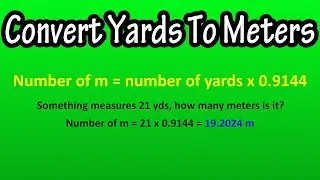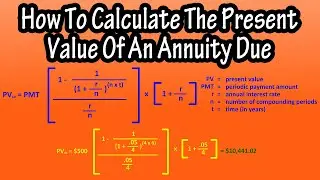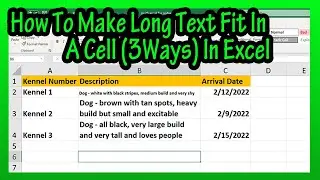How To Divide A Decimal Number By A Decimal Number - Dividing Decimals Examples Explained
In this video we discuss how to divide a decimal by a decimal, how to convert the divisor to a whole number and where to place the decimal point in the answer.
Transcript/notes
Divide a decimal by a decimal
In dividing a decimal by a decimal, say, 36.28 divided by .4, we set the problem up as a usual division problem. So, .4, divided into 36.28. Next, we want to convert the divisor, which is .4, to a whole number by moving the decimal 1 place to the right, so .4 converts to 4.
Next, we need to do the same for the dividend, which is 36.28, so moving the decimal 1 place to the right now makes it 362.8. Then we place the decimal point directly above the decimal point in the dividend, as you see here.
Now we can work this as a normal division problem, as I have done here, with the answer being 90.7.
Here is another example of a decimal divided by a decimal, 18.5 divided by .36. In this problem, I moved the decimal over 2 places to the right to convert .36 to 36, and doing the same for 18.5, converts it to 1850. So, I had to place in a zero after 5. And, since
And, in this problem I had to place in trailing zeros in the dividend because a remainder of zero was not obtained. And sometimes a remainder of zero is never obtained when dividing, such as in this problem here. In this situation, continue the division, and place in zeros, to 1 decimal place more than you need to round the answer to the desired place. So, here I wanted to round to the nearest thousandth, so, I carried the division out to the nearest ten thousandth, and then rounded the answer off.
Timestamps
0:00 Problem set up for dividing a decimal by a decimal
0:11 How to convert divisor and dividend to a whole number
0:52 How to place in trailing zeros
1:08 What to do when the remainder is never equal to zero
1:26 More example problems































